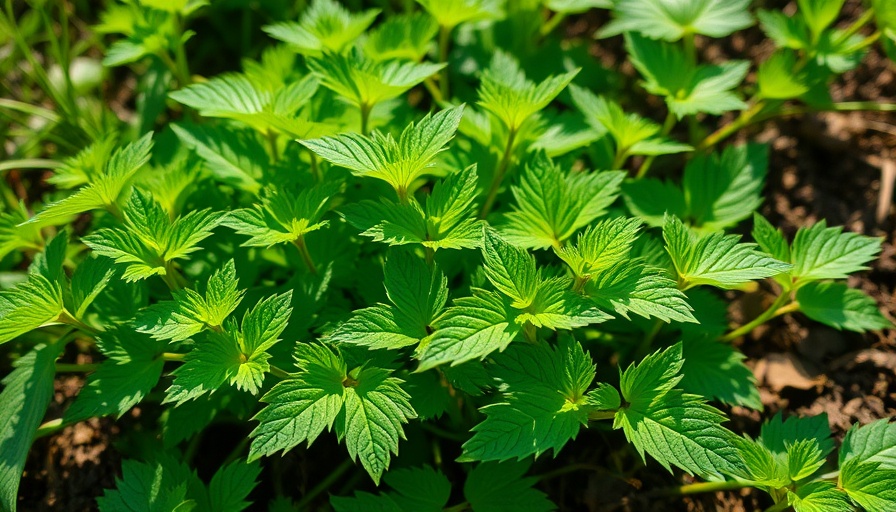
Unlocking the Hidden Benefits of Stinging Nettle
Stinging nettle, or Urtica dioica, is often misunderstood, dismissed for its notorious sting rather than celebrated for its numerous benefits. This herbaceous perennial has deep roots in various cultures and boasts an impressive range of uses from culinary delights to powerful medicinal properties. As the gardening community grows increasingly interested in sustainable and organic practices, stinging nettle emerges as a superstar herb, infused with high nutritional value and unique applications.
Once confined to the wild, stinging nettle can now thrive in backyards, offering an excellent option for gardeners looking to add biodiversity and health benefits to their green spaces. This article will guide you through the process of planting and growing stinging nettle while revealing why it deserves a place in your home garden.
Step-by-Step Guide to Planting Stinging Nettle
If you want to cultivate stinging nettle, start with high-quality seeds or small plants sourced from reputable nurseries or gardening stores. To ensure successful growth, choose a planting site that receives full sun or partial shade and has rich, moist soil.
With a soil pH between 5-8, your nettles will flourish with minimal fuss. It’s essential to space each plant about 8 inches apart to prevent overcrowding, allowing ample room for them to mature. These plants typically reach between 2-4 feet in height, so give them enough headspace and enjoy their impressive green foliage.
Maintenance Tips for Optimal Growth
As a moderately water-dependent plant, stinging nettles thrive with consistent moisture. Regularly water them, especially during dry spells, but avoid waterlogging. A layer of organic mulch can help retain soil moisture and combat weeds.
Regular inspections for pests such as aphids or spider mites will support your nettle’s health. While these pests often don’t pose a severe threat, intervening early with organic pesticides or introducing beneficial insects can keep them at bay.
The Culinary and Medicinal Marvel
Stinging nettle’s nutritional bounty is part of what makes it attractive for home gardens. Rich in vitamins A, C, K, and minerals such as iron and calcium, nettles can be utilized in various culinary dishes, lending a remarkable flavor to soups, teas, or salads once properly cooked or dried. They often act as a rich source of nutrients and are valuable in natural remedies.
As a traditional medicine, stinging nettle has been employed for centuries to help alleviate various ailments, from allergies to arthritis. Its anti-inflammatory properties and high antioxidant content enable it to promote overall well-being, making it a treasured herb among herbalists and natural health enthusiasts.
Preparing for Harvest
Harvesting stinging nettle responsibly is crucial. Aim for the young leaves, which are tender and full of flavor. Wearing gloves, simply pick the top four to six inches of the plant. Ideally, harvest during spring or early summer when the plant is still young.
Once harvested, stinging nettle can be used immediately or processed in various ways, such as drying for teas or incorporating into other dishes like pesto or smoothies. This versatility makes nettle an appealing option for adventurous eaters and those looking to enhance their culinary repertoire.
Concluding Thoughts on Growing Stinging Nettle
If you've harbored misconceptions about stinging nettle, it's time to shift your perspective. Not only is it a robust addition to your garden, but it also serves as a beacon of health and tradition. By planting stinging nettle, you essentially invite a myriad of benefits into your home, making this herb a rewarding project for both novice and seasoned gardeners alike. So, roll up your sleeves, don those gloves, and embark on a journey of rediscovery with stinging nettle!
 Add Row
Add Row  Add
Add 




Write A Comment